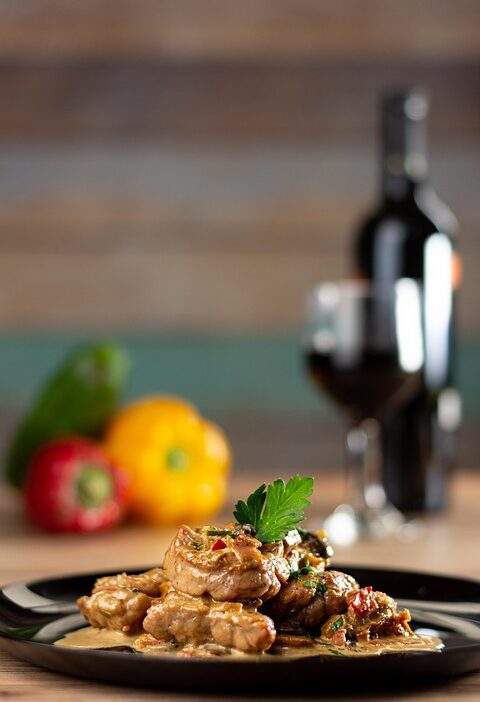In the world of gastronomy, the adage "you eat with your eyes first" rings profoundly true. The visual appeal of a dish can significantly enhance the overall dining experience, transforming a simple meal into a memorable event. This article explores how the art of plating not only elevates aesthetic pleasure but also impacts taste perception, cultural experiences, and the emotional connection we have with food.
The Art of Plating: A Visual Symphony
Plating is, at its core, an artistic endeavor. Chefs use various techniques, styles, and colors to create a visual symphony on the plate that can evoke feelings and expectations. A well-plated dish can grab attention, set the mood, and create anticipation long before the first bite is taken.
Color: The Palette of Pleasure
Color plays a crucial role in food presentation. Brightly colored ingredients stimulate the appetite and engage the senses. For instance, the vibrant green of fresh herbs can contrast beautifully with the golden hue of roasted vegetables, creating a feast for the eyes. The use of color not only enhances appeal but can also provide clues about the dish’s flavor profile.
Texture: The Touch of Intrigue
Texture adds depth and intrigue to the dining experience. A plate thoughtfully arranged with contrasting textures—smooth creamy sauces beside crisp vegetables—creates a multi-dimensional experience. Diners are subconsciously encouraged to imagine the crunch of a toasted garnish or the richness of a velvety puree, heightening their anticipation for the flavors to come.
Arrangement: The Landscape of Flavor
The arrangement of food on the plate can drastically affect how it’s perceived. Symmetrical arrangements often feel polished and refined, while asymmetrical layouts can evoke a sense of creativity and spontaneity. A staggered presentation of ingredients encourages diners to explore each component, revealing the chef’s thought process in crafting the dish.
Taste and Aroma: The Senses Intertwined
The relationship between visuals and taste is profound. Research indicates that our expectations, shaped by the food’s appearance, can influence our taste perception. A dish that is beautifully plated may be perceived as tastier than the same meal served haphazardly. This psychological influence showcases the power of plating to enhance not only the visual experience but the taste experience as well.
Aromatic Appeal
Moreover, the visuals can complement the olfactory experience. Fresh herbs or aromatic spices artfully drizzled or sprinkled atop a plate invite noshing before even the first bite. The enticing fragrances create an aromatic anticipation, amplifying the senses and enhancing enjoyment.
Cultural Reflections: Stories on a Plate
Plating also serves as a cultural canvas, reflecting cultural identity and storytelling. The presentation can reveal the traditions and history behind a cuisine. For example, Japanese kaiseki emphasizes harmony, balance, and seasonality in its colorful presentation. Each plate tells a story, educating diners about ingredients, cultural significance, and the chef’s philosophy.
In contrast, the vibrant and chaotic presentation found in some Mexican culinary art embody the region’s rich heritage and joyous spirit. Each style has its own language, speaking volumes without uttering a word.
Emotional Connection: The Heart of the Meal
Perhaps one of the most compelling aspects of plating is its ability to forge emotional connections. In our fast-paced world, a beautifully plated meal can offer moments of mindfulness, inviting diners to pause and appreciate the artistry involved. Shared meals become communal experiences rather than mere sustenance, forging bonds and memories that linger long after the last bite.
Conclusion: A Multi-Sensory Journey
The experience of dining transcends taste alone; it embodies a multi-sensory journey where the eyes, nose, and palate converge in delightful harmony. The art of plating serves as an essential tool for chefs, not only as a means of showcasing their culinary skills but also as a way to enhance the sensory experience of diners. As we continue to explore food with our eyes, we are reminded that the magic of a well-plated dish lies not just in its aesthetic appeal, but in its ability to tell a story, evoke emotion, and create lasting memories around the table. So, the next time you sit down to eat, take a moment to appreciate the artistry before you—because you really do dine with your eyes first.



